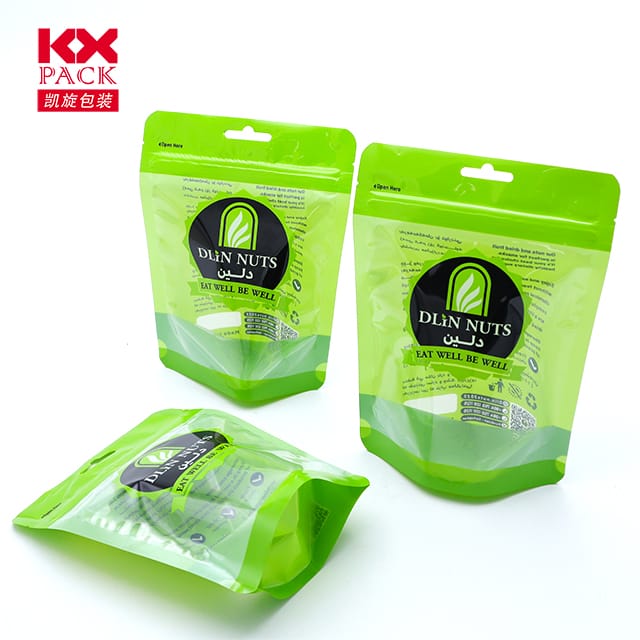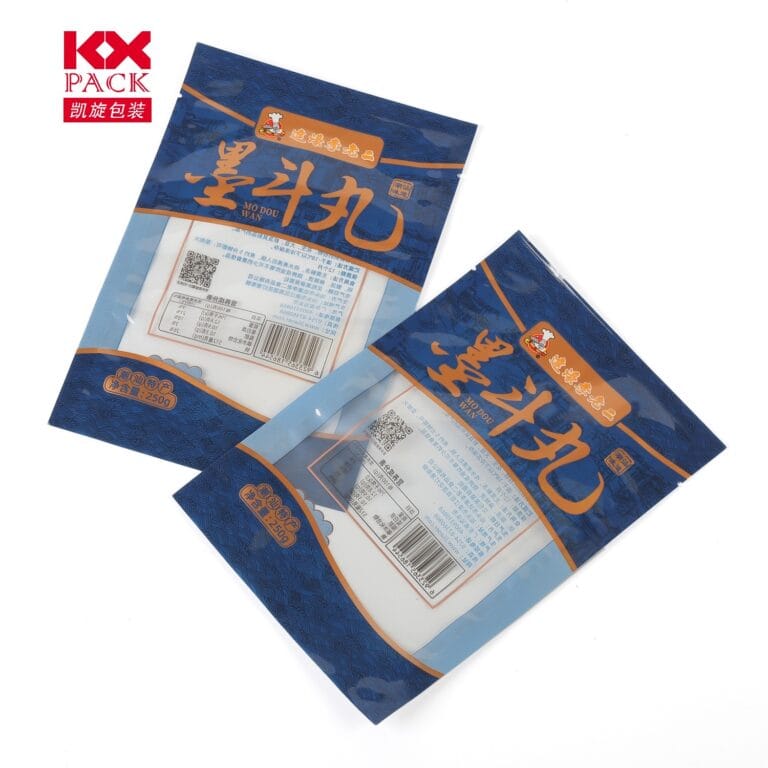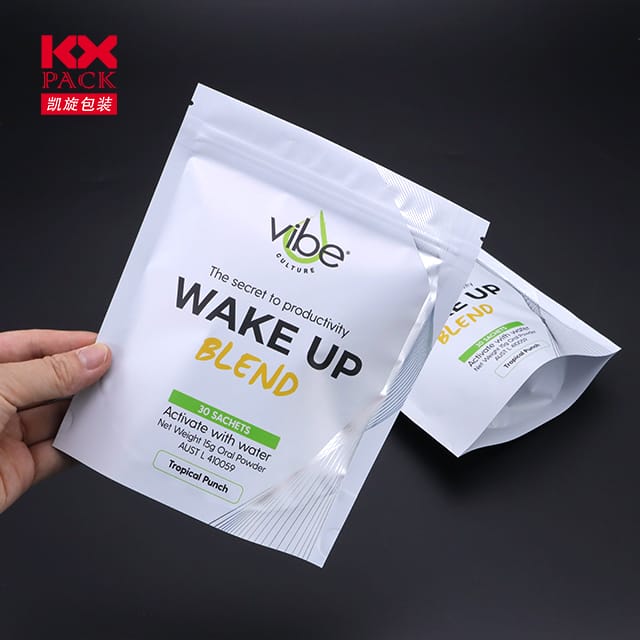Film de scellement plastique: Le héros méconnu de l'emballage de l'innovation et de la durabilité
Film de scellement plastique
In a world where product protection, fraîcheur, et la durée de conservation sont primordiales, Film de scellement plastique has emerged as an indispensable tool across industries. Des emballages alimentaires aux produits pharmaceutiques, Électronique aux biens industriels, Ce matériau polyvalent garantit que les produits restent en sécurité, sécurisé, et intact de la production à la consommation. Mais au-delà de son rôle fonctionnel, sealing film plastic is also evolving to meet growing demands for sustainability and eco-conscious solutions. Let’s explore its applications, innovations, and future potential.
What Is Sealing Film Plastic?
Sealing film plastic refers to thin, flexible plastic sheets or rolls designed to create airtight or waterproof seals around products, containers, or surfaces. Typically made from polymers like polyethylene (PE), polypropylène (polypropylène), chlorure de polyvinyle (PVC), or advanced composites, these films are engineered for clarity, force, and barrier properties. They can be heat-sealed, adhesive-coated, or self-adhesive, depending on the application.
Key Applications Across Industries
- Emballages alimentaires
Sealing films are critical for preserving the freshness of perishables like meat, fromage, fruits, et les repas prêts à manger. They prevent oxygen, humidité, and contaminants from entering while maintaining flavor and texture. Des innovations comme modified atmosphere packaging (CARTE) use multi-layer films to extend shelf life by controlling gas composition inside the package. - Pharmaceuticals and Healthcare
Sterile sealing films protect medical devices, drugs, and diagnostic kits from contamination. They are often tamper-evident, ensuring product safety and compliance with regulatory standards. - Electronics and Technology
Anti-static sealing films shield sensitive components like circuit boards and displays from dust, humidité, and electrostatic discharge (ESD) during shipping and storage. - Industrial and Automotive
Heavy-duty sealing films are used to wrap machinery, parts, and vehicles for long-term storage or transport, preventing corrosion and damage. - Household and Personal Care
From resealable snack bags to cosmetic product packaging, sealing films enhance convenience and product longevity.
Durabilité: The Next Frontier
While sealing film plastic offers undeniable benefits, its environmental impact has drawn scrutiny. Heureusement, the industry is responding with eco-friendly alternatives:
- Biodegradable and Compostable Films: Made from plant-based materials like polylactic acid (PLA) or starch blends, these films break down naturally under specific conditions.
- Recycled Content: Manufacturers are incorporating post-consumer recycled (PCR) plastics into sealing films to reduce reliance on virgin materials.
- Recyclable Designs: Single-material films (as opposed to multi-layer laminates) are easier to recycle, supporting circular economy goals.
- Diluant, Stronger Films: Advances in polymer science allow for down-gauging—creating thinner films without sacrificing performance, which cuts material use and waste.
Innovations stimulant l'avenir
- Smart Sealing Films
Imagine packaging that changes color if food spoils or films embedded with sensors to monitor freshness in real time. These “active packaging” solutions are on the horizon. - High-Barrier Films
Nanotechnology is enabling the development of ultra-thin films with superior oxygen and moisture barriers, reducing the need for thick, multi-layer structures. - On-Demand Customization
Digital printing and laser-cutting technologies allow brands to create customized sealing films with branding, QR codes, or even personalized messages for consumers.
Challenges and Considerations
Despite its progress, the sealing film industry faces hurdles:
- Recycling Infrastructure: Many regions lack facilities to process complex or contaminated plastic films.
- Cost: Eco-friendly alternatives often come at a premium, though economies of scale are gradually reducing prices.
- Consumer Behavior: Educating users on proper disposal and recycling remains critical to maximizing environmental benefits.
Conclusion
Sealing film plastic is a quiet revolutionizer of modern packaging, balancing functionality, efficacité, et durabilité. As industries prioritize eco-innovation, the demand for smarter, greener sealing solutions will only grow. Que vous soyez un fabricant, brand owner, ou consommateur, staying informed about advancements in this field can help you make choices that benefit both your business and the planet.
Ready to upgrade your packaging? Explore partnerships with suppliers offering recyclable or biodegradable sealing films—your products (and the Earth) will thank you!
What’s your take on sealing film plastic? Share your thoughts or questions in the comments below! 🌍📦







